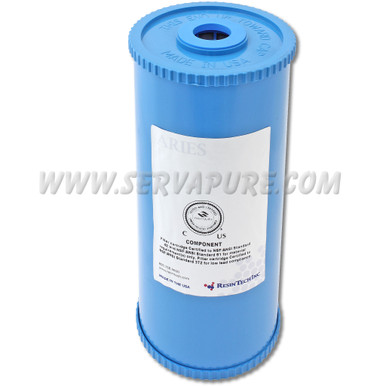I'm at a bit of a crossroads and, to keep it short on the underlying reasoning for what is to follow (this is not short!), I struggle a lot with focus, distraction, perfectionism, and to a degree that I easily overload and overwhelm myself with tasks / jobs / hobbies etc. This year I'm making a concerted effort to free up mental capacity and reduce stress by focussing on fewer things, and simplifying them so that I can do them well. Fishkeeping is one of those things I am now considering to drop or to keep and simplify (if possible).
After a few years of keeping tropical fish, my current position is that I am down to three Congo Tetras and one beautiful Caqueta Gold Eartheater (called Rio) who has been with me since the start. My tank is 240L and is now looking rather empty and so it's a good time to decide if I rehome the fish and sell up / give away the equipment, or if I restock and keep going.
Some thoughts on the things that are a challenge for me at the moment (mainly water changes):
This week I removed the plastic decorations / plastic plants as they were a bit old anyway and this removes another task of bleaching / cleaning / rinsing them when required. The tank now has just a very fine gravel substrate and a few big sculptural pieces of driftwood, which looks nice and has the added benefit of now being easier and faster to clean around the tank (glass and gravel). It does however highlight the distinct lack of fish in the tank, which prompted this post....
If you made it to the end of this waffle then thanks and well done. Any thoughts or suggestions welcome.
After a few years of keeping tropical fish, my current position is that I am down to three Congo Tetras and one beautiful Caqueta Gold Eartheater (called Rio) who has been with me since the start. My tank is 240L and is now looking rather empty and so it's a good time to decide if I rehome the fish and sell up / give away the equipment, or if I restock and keep going.
Some thoughts on the things that are a challenge for me at the moment (mainly water changes):
- I'd love to get rid of RODI. When I started I received lots of advice that I need RODI because my tap water has 40ppm nitrate, and that this is not safe for the fish, instead to target 20ppm or ideally 10 and under. Now I wonder if this advice was misleading. A blog post I read a while back had a literature review called "nitrate in depth" which concluded from the academic texts reviewed that even 80ppm is not anything to worry about (in respect of health of the fish). Maybe I should just go back to using tap water then. Thoughts?
- Are there alternative simpler (e.g. quicker / easier) "non-RODI" ways that would reduce or remove nitrates (*not plants) and as such eliminate the need to wait hours for a big RODI tub to fill up, then having to remineralise and reheat and pump back to the aquarium?
- I've seen things like auto drip / auto water changers, which for me would have to use a tub under the tank because I have no water supply or drain near to the location of the tank (front room). Are they any good, do they actually simplify things are is it just adding more tasks?
- Do any of these "de-nitrification" resins and liquids work, so maybe I can use tap and then add these to my filter, or directly in the water? FYI, I have tried the Pozzani filter in the past and it was not an effective solution for me, either in speed or effectiveness.
This week I removed the plastic decorations / plastic plants as they were a bit old anyway and this removes another task of bleaching / cleaning / rinsing them when required. The tank now has just a very fine gravel substrate and a few big sculptural pieces of driftwood, which looks nice and has the added benefit of now being easier and faster to clean around the tank (glass and gravel). It does however highlight the distinct lack of fish in the tank, which prompted this post....
If you made it to the end of this waffle then thanks and well done. Any thoughts or suggestions welcome.


